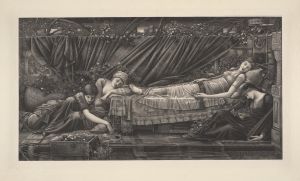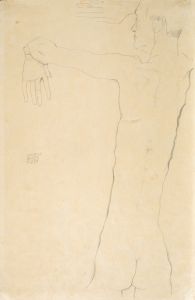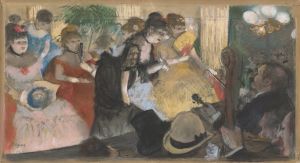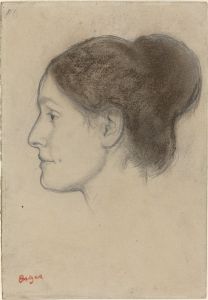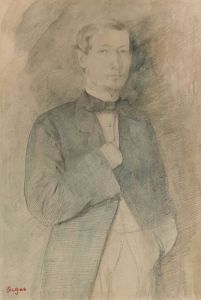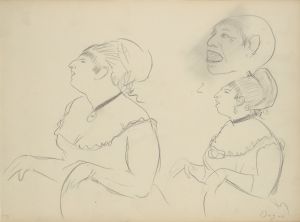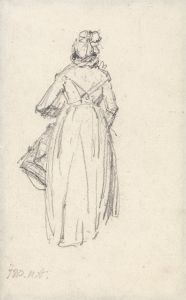
Après le bain
A hand-painted replica of Edgar Degas’s masterpiece Après le bain, meticulously crafted by professional artists to capture the true essence of the original. Each piece is created with museum-quality canvas and rare mineral pigments, carefully painted by experienced artists with delicate brushstrokes and rich, layered colors to perfectly recreate the texture of the original artwork. Unlike machine-printed reproductions, this hand-painted version brings the painting to life, infused with the artist’s emotions and skill in every stroke. Whether for personal collection or home decoration, it instantly elevates the artistic atmosphere of any space.
"Après le bain" (After the Bath) is a notable work by the French artist Edgar Degas, who is renowned for his contributions to the Impressionist movement, although he preferred to be associated with Realism. Degas is best known for his depictions of dancers, women at their toilette, and scenes of everyday life in Paris. "Après le bain" is one of several works by Degas that explore the theme of women bathing, a subject he revisited multiple times throughout his career.
The painting "Après le bain" is part of a series of works that Degas created in the late 19th century, focusing on the intimate and private moments of women. These works are characterized by their candid and unidealized portrayal of the female form, often capturing women in moments of vulnerability and introspection. Degas was known for his innovative use of perspective and composition, often employing unusual angles and cropping to create a sense of immediacy and intimacy.
In "Après le bain," Degas employs a pastel medium, which he favored for its ability to convey texture and subtle variations in color. The use of pastel allowed Degas to experiment with light and shadow, creating a soft, almost ethereal quality in his depiction of the female figure. The pastel technique also enabled him to work quickly, capturing the spontaneity and fluidity of the moment.
The composition of "Après le bain" typically features a woman in the act of drying herself after a bath. Degas often depicted his subjects from behind or in profile, focusing on the curves and contours of the body. This approach allowed him to explore the interplay of light and shadow on the skin, as well as the tension and relaxation of muscles in motion. The setting is usually sparse, with minimal background details, drawing attention to the figure and her actions.
Degas's interest in the theme of women bathing can be traced back to his fascination with Japanese prints, which often depicted similar scenes of women engaged in daily rituals. The influence of Japanese art is evident in Degas's use of flat planes of color, asymmetrical compositions, and an emphasis on pattern and design.
"Après le bain" and other works in this series were initially met with mixed reactions from contemporary audiences. Some critics appreciated Degas's technical skill and innovative approach, while others were uncomfortable with the frankness and perceived voyeurism of his depictions. However, over time, these works have come to be celebrated for their honesty and insight into the human condition.
Today, "Après le bain" is recognized as an important example of Degas's exploration of the female form and his mastery of the pastel medium. The painting is held in various collections around the world, where it continues to be studied and admired for its artistic and historical significance. Degas's work remains influential, inspiring subsequent generations of artists to explore themes of intimacy, movement, and the everyday in their own work.





